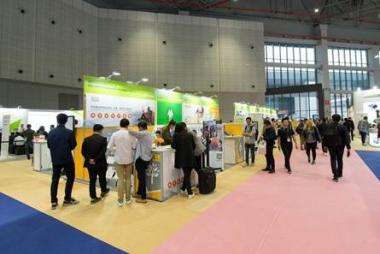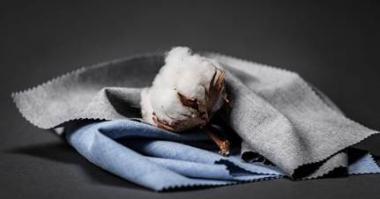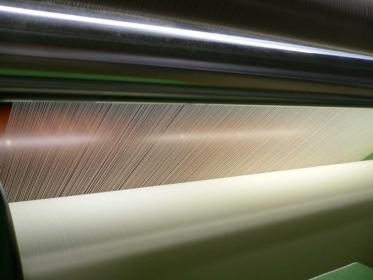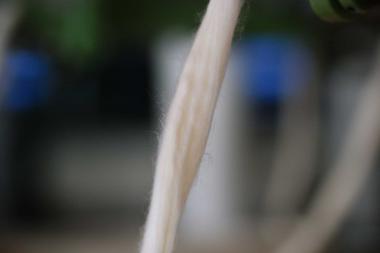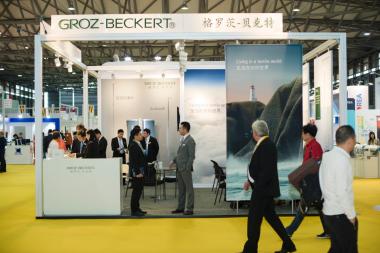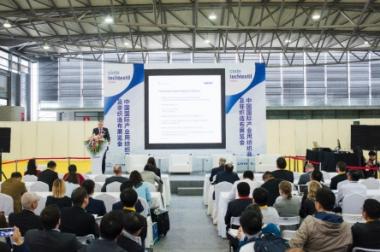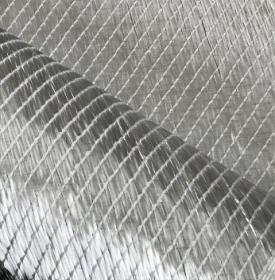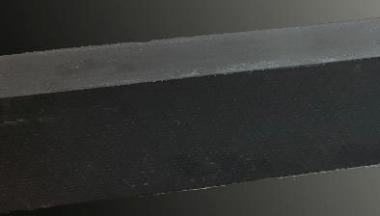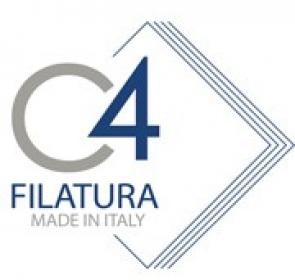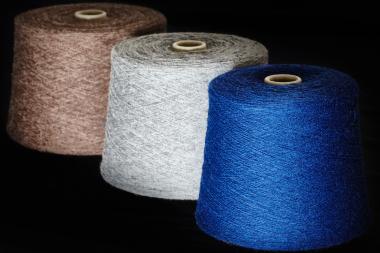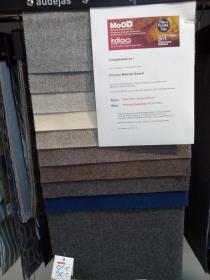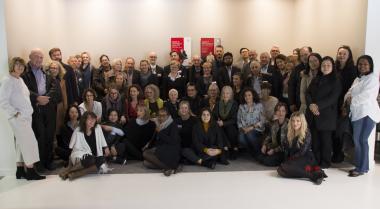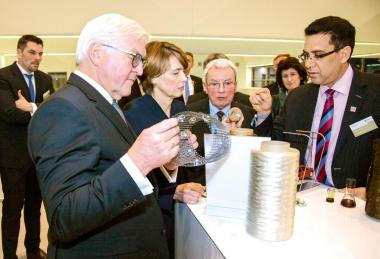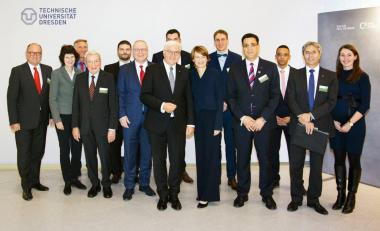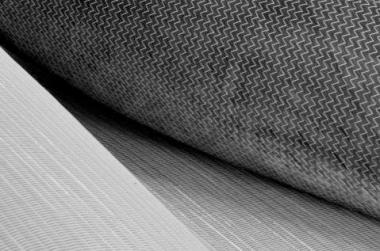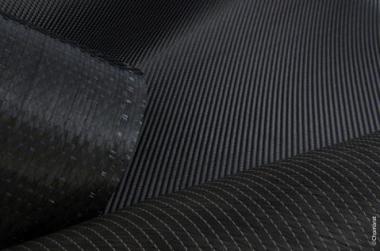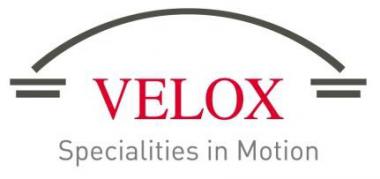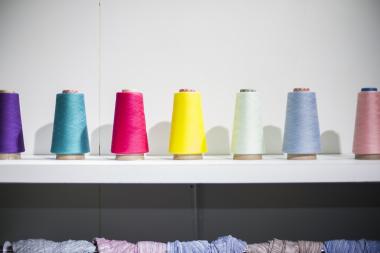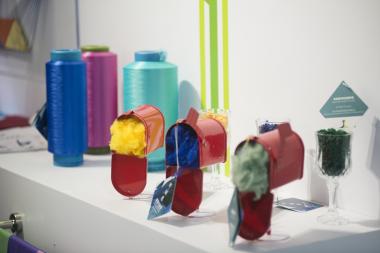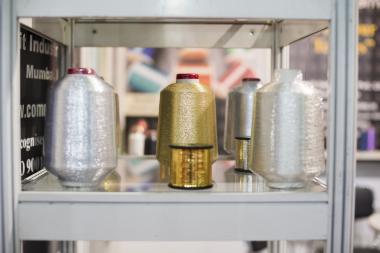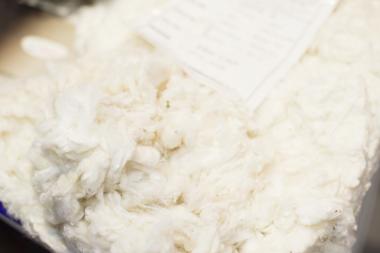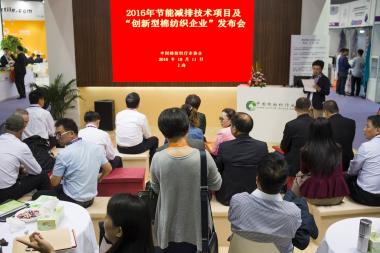World first ROICA™ premium sustainable stretch fiber got prestigious Senken Shimbun “Synthetic Fiber Prize”
Asahi Kasei ROICA™ premium stretch fibre has received the prestigious Senken Shimbun Synthetic Fiber Prize with the sustainable GRS certified yarn.
ROICA™ specialties captured the attention of Senken Shimbun, a daily Japanese fashion newspaper, based in Tokyo, Japan. Founded in 1956, today provides news, research data and new business ideas, and has a great influence over the fashion business in Japan. It helps fashion products throughout Japan to be distributed in Japan's domestic market, and serves as a platform targeting overseas markets.
The award is limited to Japanese companies. This year ROICA™ GRS certified yarn was selected in the Sustainable category thanks to its unique sustainable characteristics.
On March 14th, 2018 Senken Shimbun organized an event to conferee the awards and in this occasion ROICA™ displayed unique fabrics and garments created with this awarded ROICA™ yarn by premium producers as Iluna Group S.p.A (IT), M.I.T.I. (IT), Tessitura Colombo Antonio(IT), Tintex Textiles(PT) and international top level brands as Cosabella (US), Maloja (DE) and Triumph (CH.
MORE DETAILS ABOUT THIS AWARD WINNING PRODUCT
The Senken Award winning ROICA™ yarn is part of the ROICA™ Eco-Smart family, a world-first range of unique innovative and responsible made premium stretch fibers, that today can offer 2 real sustainable solutions. For time, one of the two types was awarded! The ROICA™ yarn certified GRS (Global Recycled Standard by TEXTILE EXCHANGE) version 3 certified yarn with more than 50% pre-consumer recycled content.
Two of the companies above: M.I.T.I. and TINTEX already garnered a huge recognition at ISPO last February also thanks to the uniqueness of this smart ROICA™ yarn:
M.I.T.I. Spa presented at ISPO Green Soul, a new fabric line made with fully recycled fibers. Ten different fabrics belong to this products line whose composition is both polyamide/ROICA™ Eco-Smart family and Polyester/ROICA™ Eco-Smart family offering a 100% recycled fiber warp knitted stretch fabrics. The winning Bluesign certified fabric is called Thermal Green and is a high-end brush back warpknit fabric, made with recycled Polyamide and ROICA™ Eco-Smart family.Tintex Textiles Garnered Its Second ‘ISPO Best Product Award’ In TexTrends in the SOFT EQUIPMENT category with a circular economy centric material, branded B.Cork™, a unique technology that sources certified pre-consumer cork waste. Following a patent pending hi-tech lamination of a water based, formaldehyde and solvent free coating, a breathable, natural and waterproof supersoft touch is achieved. And last but not least is using ROICA™ Eco-Smart family premium stretch qualities to fulfil fit and comfort needs.
AWARD WINNING ROICA YARN IN BRANDS COLLECTIONS
- Maloja, an outdoor speciality brand with its roots in nature and wellbeing, Maloja is presenting many lines using ROICA™, and here we present a new mid layer technical x-country ski set with fabrics from MITI, using the GRS certified yarn part of the ROICA™ Eco- Smart family of responsible Stretch.
- COSABELLA produced by Collezioni SRL: The brand sells in over 100 countries, with a premium collection of 2000 styles for every sector of lingerie and leisurewear. Latest styles use the Eco-Lace by Tessitura Colombo Antonio fabrics made with ROICA™ Eco Smart family for their more luxurious upscaled lines.
- TRIUMPH LINGERIE: whose latest designs use the new stretch lace from ILUNA Group and the GRS certified yarn part of the ROICA™ Eco Smart family, slips and lingerie sets for the Essence by Triumph collection.
GB Network








